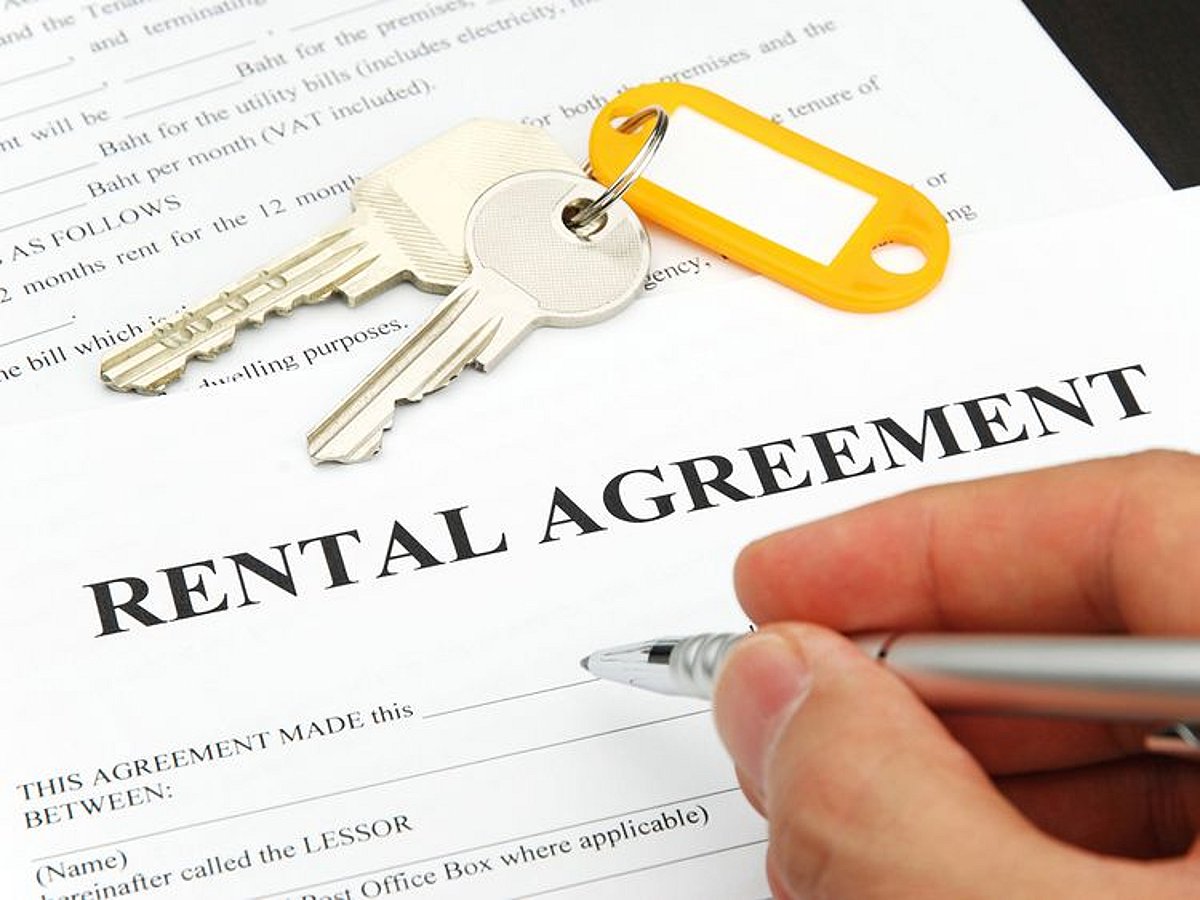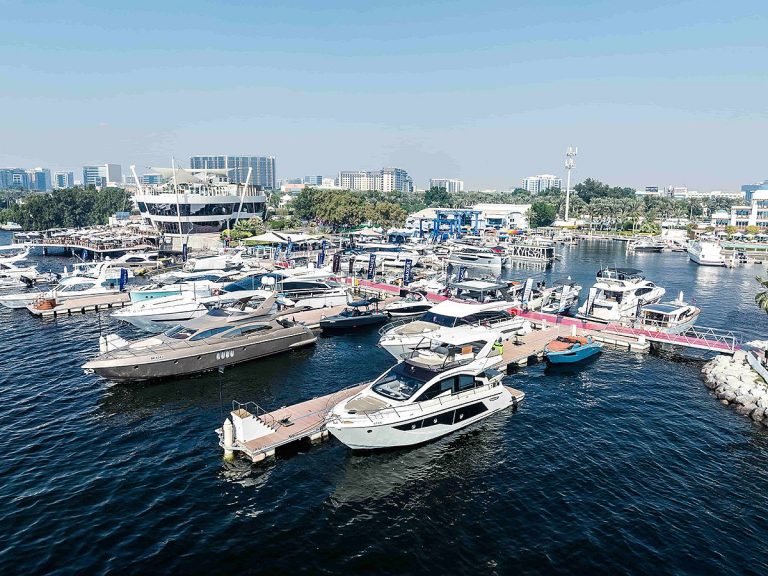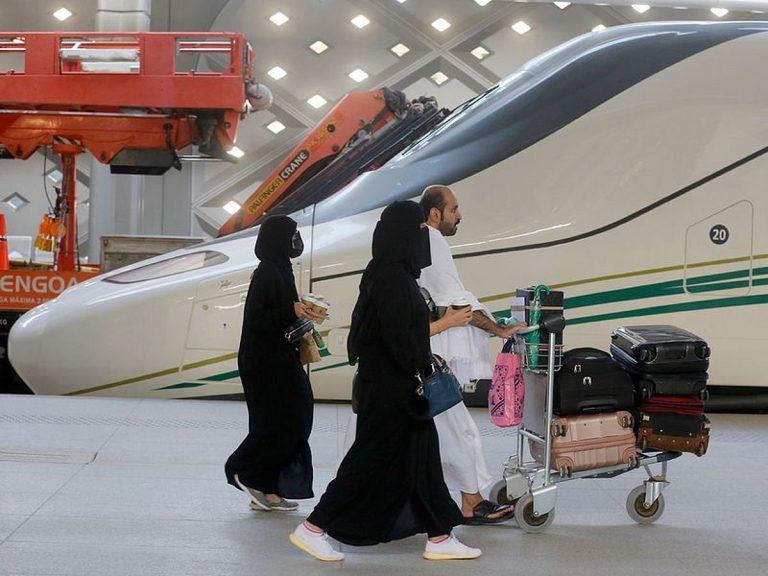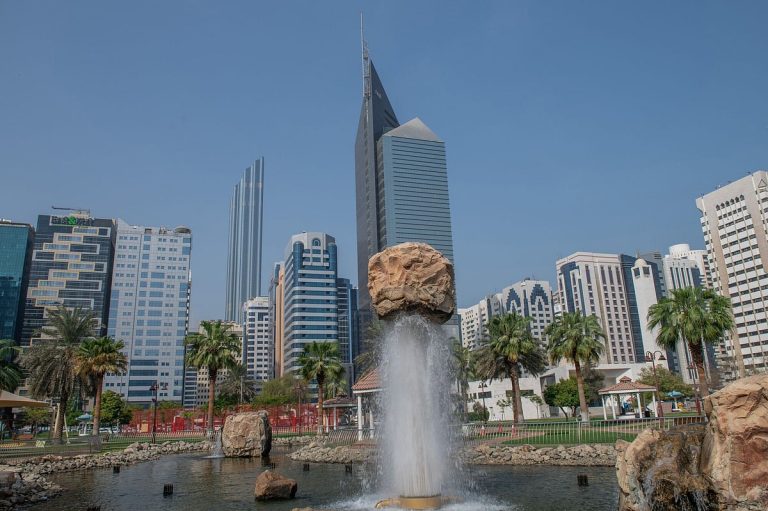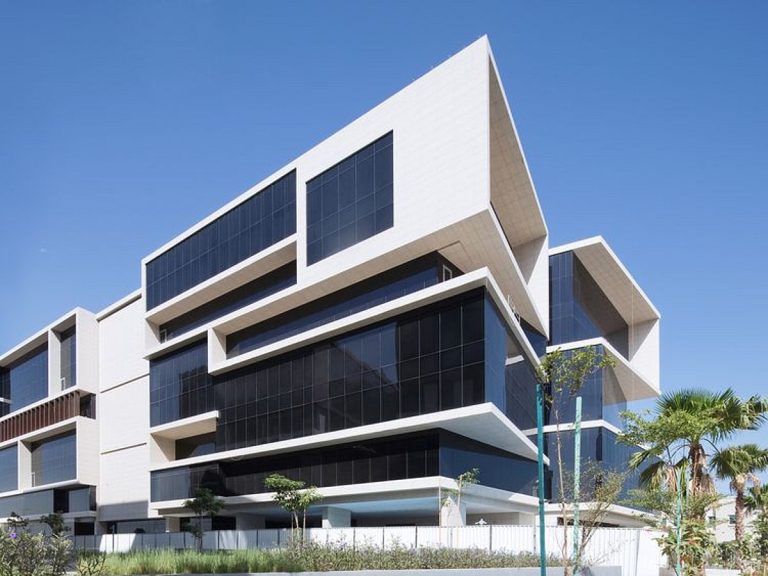Dubai’s Evolving Rental Market Trends for 2026
As Dubai approaches 2026, its rental market is evolving towards a more stable and balanced environment. While rents are projected to rise, the pace of these increases is expected to be more moderate compared to the rapid growth seen in recent years. This shift presents both tenants and landlords with new opportunities for negotiation and clarity in their rental agreements.
Current Market Trends
The rental landscape in Dubai is undergoing significant changes, driven by a maturing property cycle. Blagoje Antic, Chairman and CEO of DHG Holding, notes that demand remains robust, particularly in well-connected, master-planned communities. This demand is fueled by ongoing population growth, an influx of businesses, and the relocation of high-income professionals to the city.
However, the demand is not uniform across all areas. With new properties entering the market, particularly in neighborhoods like Meydan and Jumeirah Village Circle (JVC), rental growth is becoming more segmented. Antic emphasizes that premium, modern developments are likely to outperform older properties, reflecting a shift towards quality-driven choices among tenants.
Key Considerations for Tenants
For those renewing their leases in 2026, understanding the rules governing the rental market is crucial. Tenants are encouraged to familiarize themselves with the Real Estate Regulatory Agency (RERA) rental index and to review comparable listings in their neighborhoods. This knowledge will empower them during negotiations, especially since rent caps are in place to prevent sudden and unfair increases.
As the market adjusts, landlords are increasingly focused on tenant retention rather than short-term profits. This trend has led to greater flexibility in lease terms, although the extent of this flexibility can vary based on property type and location. Tenants may find multiple-cheque payment options and additional incentives offered by landlords eager to secure long-term leases.
The Divide Between Old and New Properties
The disparity between older and newer properties continues to grow. Antic points out that rents for older buildings are stabilizing, particularly in areas where community amenities have aged. In contrast, newer developments featuring modern designs and energy-efficient features are commanding higher rents due to their appeal to tenants seeking contemporary living environments.
As tenants increasingly prioritize quality, they are willing to pay a premium for properties that align with their lifestyle preferences. This trend highlights the importance of well-managed, contemporary spaces in attracting and retaining tenants.
Affordability and Relocation Trends
Affordability remains a significant factor influencing tenant mobility. Many residents are relocating from central areas like Downtown and Business Bay to emerging neighborhoods such as Meydan, JVC, Dubailand, and Dubai South. These districts are becoming more attractive due to improved infrastructure, enhanced connectivity, and lifestyle-oriented communities.
This decentralization aligns with Dubai’s long-term urban planning vision, promoting balanced growth across multiple areas of the city. As tenants seek more space and affordability, these emerging areas are poised to benefit from increased demand.
FAQs
What should tenants know before renewing their leases in 2026?
Tenants should familiarize themselves with the RERA rental index and comparable listings in their area to negotiate effectively and understand their rights regarding rent increases.
How is the rental market in Dubai expected to change in 2026?
The rental market is expected to stabilize, with moderate rent increases and a focus on quality properties. This shift will provide tenants with better negotiation opportunities and landlords with a focus on tenant retention.
What factors are driving tenants to relocate within Dubai?
Affordability and the desire for more space are key drivers for tenants moving from central districts to emerging areas. Improved infrastructure and lifestyle amenities in these neighborhoods make them increasingly appealing.
Conclusion
As Dubai’s rental market transitions into 2026, both tenants and landlords can expect a more stable environment characterized by moderate rent increases and a focus on quality. This evolving landscape offers tenants better negotiation power while encouraging landlords to prioritize long-term relationships and property value. Understanding these dynamics will be essential for anyone navigating the rental market in the coming year.
Also Read:
Trends in Dubai’s Real Estate Market for 2025

